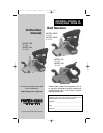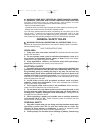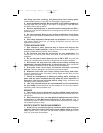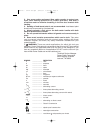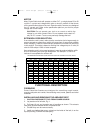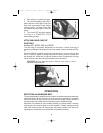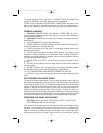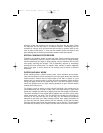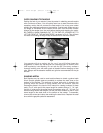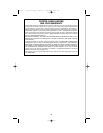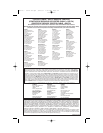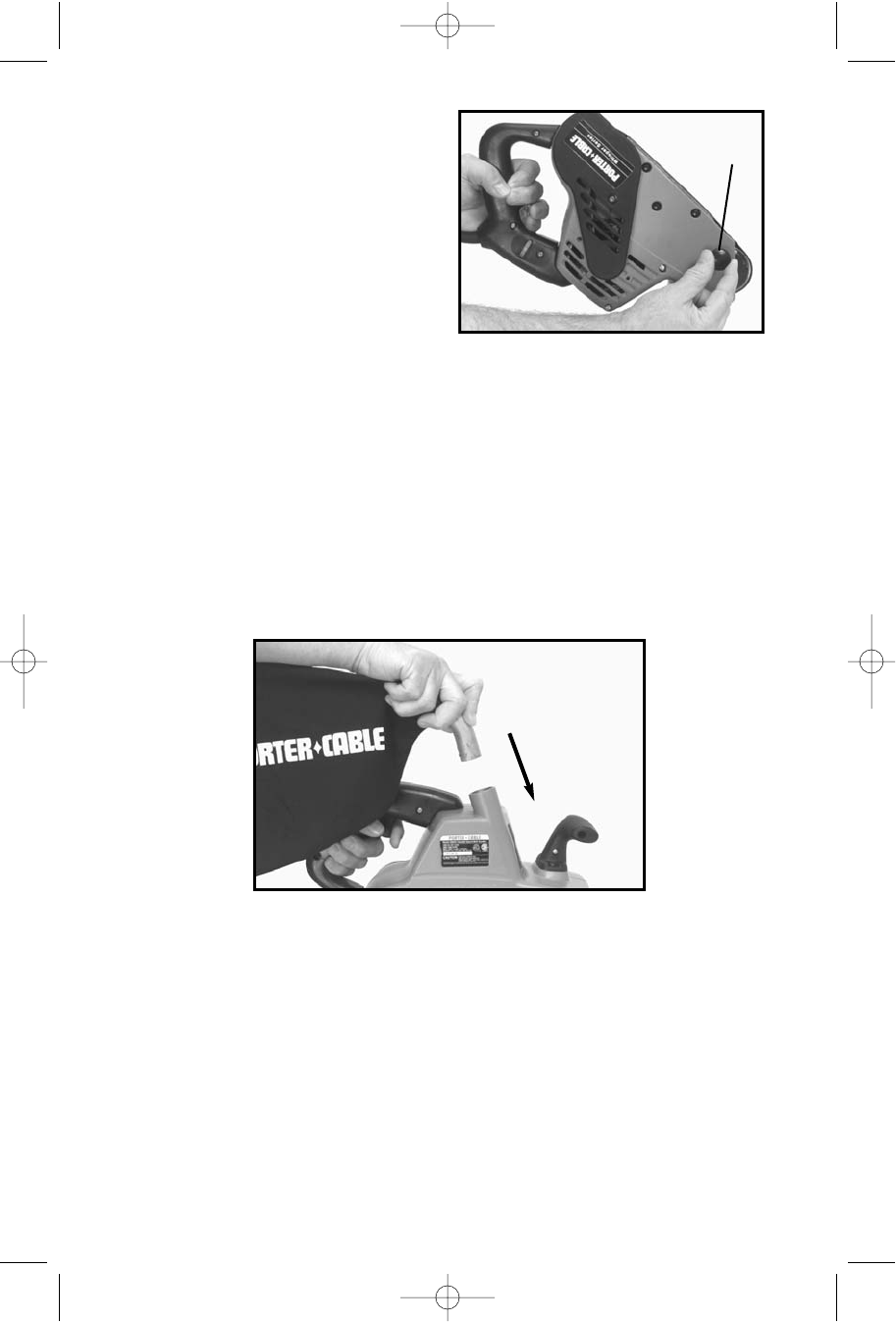
8
3. Start motor by squeezing trigger.
4. Turn the belt aligning screw (A) in
either direction until edge of belt runs
flush with outer edge of rear rubber
covered pulley. The edge of the belt
will extend beyond edge of the front
pulley.
5. Turn motor OFF and allow sander
to come to a COMPLETE STOP
before setting it down.
ATTACHING AND CARE OF
DUST BAG
Models 360, 360VS, 362 and 362VS
The dust bag is completely assembled at the factory. Attach dust bag to
sander by pushing the dust bag tube into the sander vacuum housing (see Fig.
4).
For most efficient operation, empty the dust bag when it is not more than half
filled. To remove, grasp dust bag tube where it enters vacuum housing and
pull straight out. Unzip rear of bag and shake out dust. Occasionally turn bag
inside out and brush the dust accumulations from the inside.
CAUTION: Do not operate sander without dust bag or a dust
collection hose attached.
OPERATION
SELECTING AN ABRASIVE BELT
The principle abrasive material used on belts for machine sanding are aluminum
oxide and silicon carbide. The first is not as hard as the second, but is tougher
and more suited for woods and soft (non-ferrous) metals. Silicon carbide is
extremely hard and is best suited for surfacing stone, marble and glass.
Abrasives are classed as open-coated (spaced) or closed-coated, meaning
that the grits are spaced apart or close together. Closed coatings provide
hard, fast cutting action for hardwoods and dense metals while the open
coatings are more suited to soft materials and painted surfaces.
Fig. 4
Fig. 3
A
899713 - 04-12-02.qxd 9/23/02 1:50 PM Page 8



